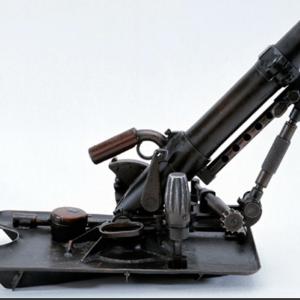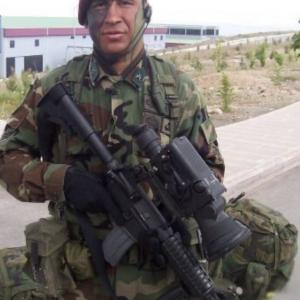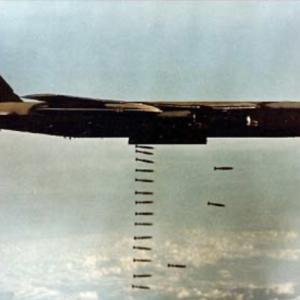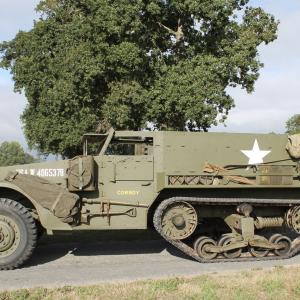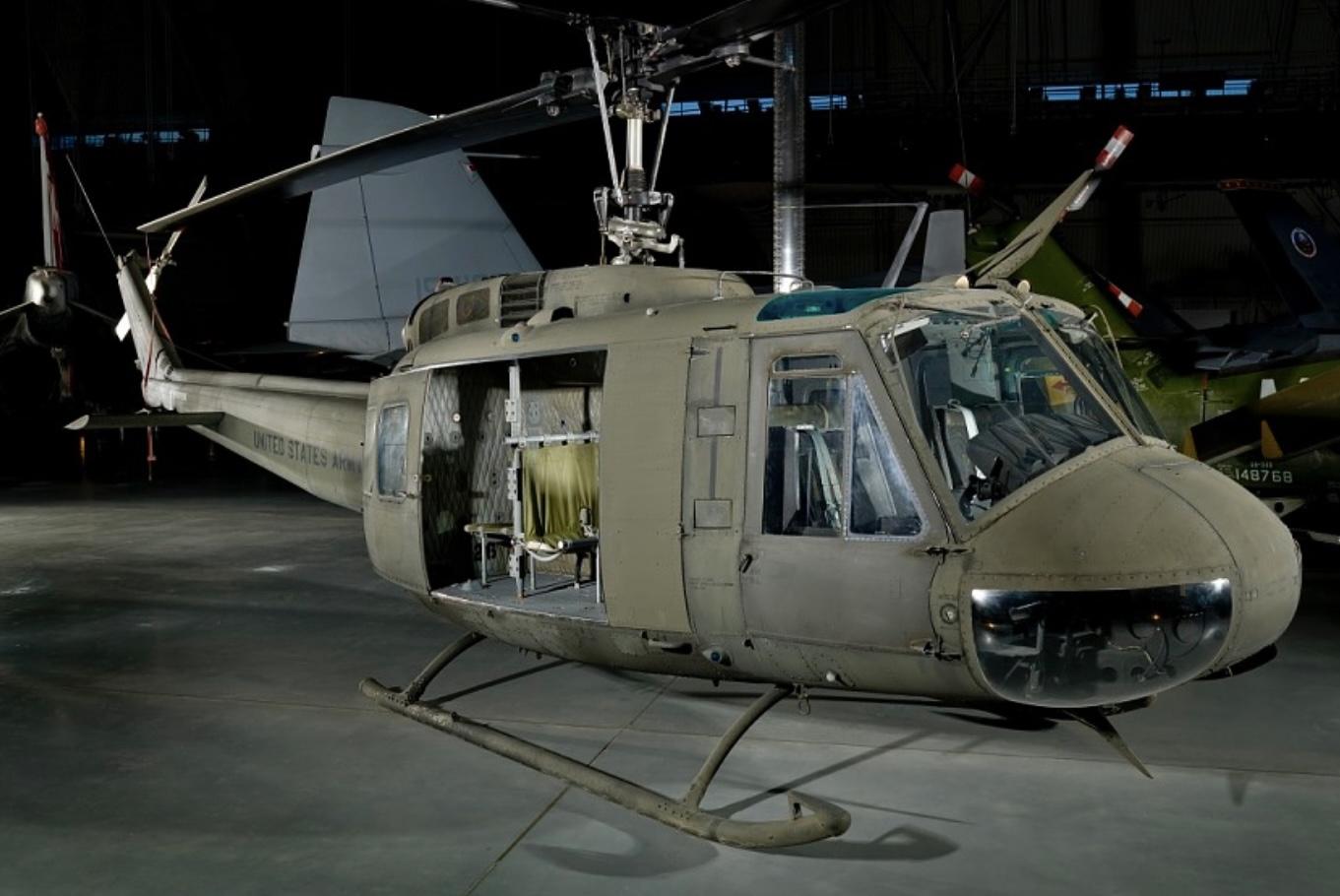
Huey helicopter
The Bell UH-1 Iroquois, commonly known as the Huey, is one of the most iconic helicopters in military history. Developed by Bell Helicopter in the 1950s, the Huey was initially intended to serve as a medical evacuation and utility transport aircraft for the United States Army. Its development began in response to a 1952 U.S. Army requirement for a versatile, turbine-powered helicopter that could provide rapid evacuation of wounded soldiers from the battlefield. The prototype, designated XH-40, first took flight on October 20, 1956. After successful trials, the aircraft entered production under the designation UH-1A. The helicopter's nickname, "Huey," came from its original designation "HU-1" (Helicopter Utility), which was later changed to UH-1 under revised naming conventions, but the nickname remained widely used.
The design of the Huey featured a single turboshaft engine, a two-bladed main rotor, and a two-bladed tail rotor. It had a relatively light airframe, which contributed to its excellent maneuverability and lifting capacity. It could carry up to 14 troops or six stretchers for medical evacuation missions, depending on the configuration. Its turbine engine allowed it to be faster, more reliable, and more powerful than previous piston-engine helicopters. Over the years, the Huey went through numerous upgrades and modifications to meet evolving military requirements. These included improvements in engine power, cabin space, avionics, and weapon systems. Bell Helicopter produced the aircraft at its main plant in Fort Worth, Texas, with additional manufacturing occurring at other U.S. facilities to meet growing demand during periods of active conflict.
As the helicopter evolved, several key variants emerged. The UH-1B and UH-1C improved upon the original with more powerful engines and better lifting capabilities. The UH-1D introduced a longer fuselage and larger cabin to transport more troops, while the UH-1H became the most widely produced and used version, offering greater engine power and reliability. The UH-1N introduced a twin-engine design to provide additional power and redundancy, making it especially useful for the U.S. Marine Corps and Air Force. In addition to these primary variants, the Huey served as the basis for the AH-1 Cobra, a dedicated attack helicopter that borrowed many of its components from the UH-1.
The Huey's most famous and extensive service came during the Vietnam War. It was a game-changing asset for the U.S. military, providing rapid troop insertion and extraction, medevac, cargo transport, and close air support. More than 7,000 Hueys were deployed during the Vietnam War alone. The helicopter's presence became a defining symbol of the conflict, often seen flying low over the jungle canopy, delivering soldiers into combat zones or evacuating the wounded under fire. It was also outfitted with machine guns and rocket pods, enabling it to escort convoys and provide fire support in hot landing zones. The Huey helped to pioneer the concept of air mobility, which changed the way modern armies moved troops and fought on the battlefield.
Beyond Vietnam, the Huey continued to serve in numerous other conflicts. It was used in the U.S. invasion of Grenada in 1983, the Panama operation in 1989, the Gulf War in 1991, and in peacekeeping and humanitarian missions around the world. Other countries also adopted the Huey into their armed forces, with nations such as Australia, Germany, Italy, Japan, and South Korea operating or producing their own versions. Italy’s Agusta-Bell, for example, manufactured licensed variants for use across Europe and the Middle East. The helicopter proved durable, adaptable, and cost-effective, which led to its widespread adoption globally. In many cases, it remained in active service for decades.
Today, while more advanced helicopters have replaced the Huey in frontline service in many militaries, thousands remain in use for secondary roles such as firefighting, search and rescue, and training. The Huey’s legacy lives on in the modern UH-1Y Venom, a highly upgraded, twin-engine version used by the U.S. Marine Corps. The Bell Huey changed the nature of rotary-wing aviation and remains one of the most recognized and respected helicopters in both military and civilian aviation history. Its simple design, mechanical reliability, and multi-role capability made it one of the most successful helicopters ever built.

